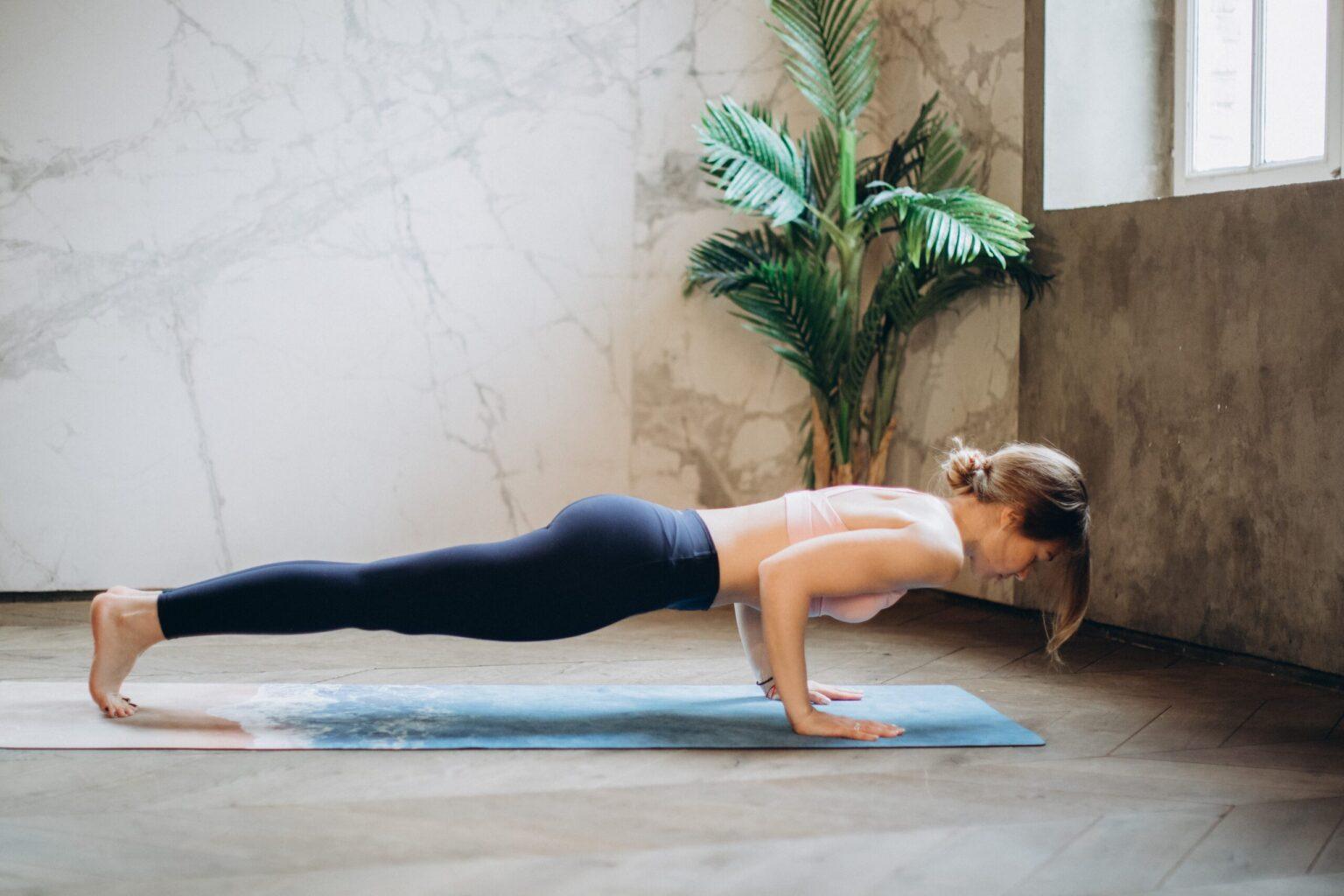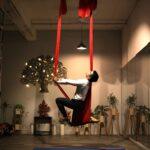Sun Salutation, known as Surya Namaskar in Sanskrit, is a cornerstone in the discipline of yoga. This sequence of asanas is not merely an exercise routine; it is a form of spiritual homage and physical revitalization, bridging the gap between the physical and spiritual dimensions.
The Essence of Sun Salutation
Performed traditionally at sunrise, the Sun Salutation comprises twelve yoga asanas, each representing a specific phase of the sun’s journey. These asanas weave seamlessly into one another, creating a vibrant and invigorating experience that revives the body and soul.
Benefits of Surya Namaskar
The regular practice of Sun Salutation offers multiple benefits. It fortifies your core muscles, supports cardiovascular health, stimulates the immune system, and promotes flexibility. Beyond the physical advantages, it also has profound impacts on your mental well-being, helping to alleviate stress, sharpen focus, and encourage inner tranquility.
Unfolding the Sequence of the Sun Salutation
Let’s explore the specifics of each asana within the Sun Salutation sequence, outlining its purpose, execution, and benefits.
1. Pranamasana (Salutation Pose)
Start by standing at the edge of your yoga mat, feet hip-width apart, with your weight evenly distributed. Bring your palms together in a prayer position at your heart. This is Pranamasana. It helps to center your mind, regulate your breathing, and cultivate a sense of gratitude.
2. Hasta Uttanasana (Raised Arms Pose)
Transition from Pranamasana, inhale and raise your arms upwards and backwards. Ensure your biceps are near your ears and stretch your entire body from your heels to your fingertips. This pose is called Hasta Uttanasana. It extends and tones the abdominal muscles, improves digestion, and enhances lung capacity.
3. Hasta Padasana (Hand to Foot Pose)
From Hasta Uttanasana, exhale and bend forward from the waist. Keep your spine straight and bring your hands down to the floor beside your feet. This position is known as Hasta Padasana. It enhances spine flexibility and strengthens the nerves and muscles in your back and thighs.
4. Ashwa Sanchalanasana (Equestrian Pose)
Transitioning from Hasta Padasana, inhale and push your right leg backwards. Keep your right knee on the floor, look upwards, and ensure your left foot is between your hands. This is Ashwa Sanchalanasana, promoting flexibility in the leg muscles and enhancing digestion.
5. Dandasana (Stick Pose)
From Ashwa Sanchalanasana, inhale and take your left leg backwards. Bring your body into a straight line and ensure your arms are perpendicular to the floor. This pose, Dandasana, strengthens the arms and back and promotes balance.
6. Ashtanga Namaskara (Eight-Limbed Pose)
From Dandasana, exhale and lower your body to the floor until eight parts of it are touching the mat – chin, chest, both hands, both knees, and both feet. This is Ashtanga Namaskara, and it strengthens the chest and abdominal muscles.
We invite you to delve deeper into the world of yoga, experiencing the transformative power of Sun Salutation. As you practice these asanas, we believe you will discover a fresh perspective on yoga, fostering a stronger connection between your body, mind, and the world around you. Experience the gift of yoga, and let it change your life as it has for countless practitioners worldwide.
Instagram: @thepinklotusacademia
Facebook: @thepinklotusacademia
Faculty: Shaan Yada
Enquire Now: Click Here













